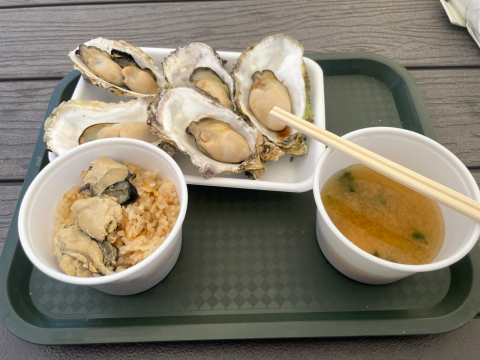Keigo(敬語)
WORK’IN JAPAN
29.07.2024

Keigo is that part of Japanese that every learner encounters as an obstacle. For some, it can be interesting and even fun to study, while for others, it can be a challenge that makes you want to give up. If you study Japanese, maybe you know what I’m talking about.
It literally means “respectful speech.” The aim of keigo is to show consideration and respect when speaking to someone older than you or with a different position or experience in a company or society. It is especially important in companies, particularly in customer service or when there are meetings with other companies.

Below is a brief explanation (in the simplest possible way) of the three types of keigo:
- Teineigo: This is the standard polite form, what we Japanese learners first learn (the です form).
- Sonkeigo: This is used to show respect and refer to the actions of superior persons. It can never be used to refer to your own actions.
- Kenjougo: This form denotes modesty and is used for our own actions.
Let’s take the verb “to eat” as an example:
- Teineigo: 食べます (tabemasu)
- Sonkeigo: 召し上がります (meshiagarimasu)
- Kenjougo: いただきます (itadakimasu)
As you can see, they are completely different, and depending on the situation, one or the other would be used.

When I first studied keigo, I obviously didn’t understand anything. No matter how much I went through the grammar and its explanations, I couldn’t grasp the use of each type of keigo. Honestly, I still can’t understand it completely. Although I have tried many times to comprehend it, I find it very difficult due to its complexity. So, I have chosen to focus on the teineigo form, which is sufficient to show respect in an everyday context. Keigo is not only a part of the language, but it is also a part of the culture. So, I guess it is difficult (not impossible) for a foreigner to know how to use it fluently because we don’t have the Japanese cultural background that native speakers do. And for you, is it fun or a challenge?









